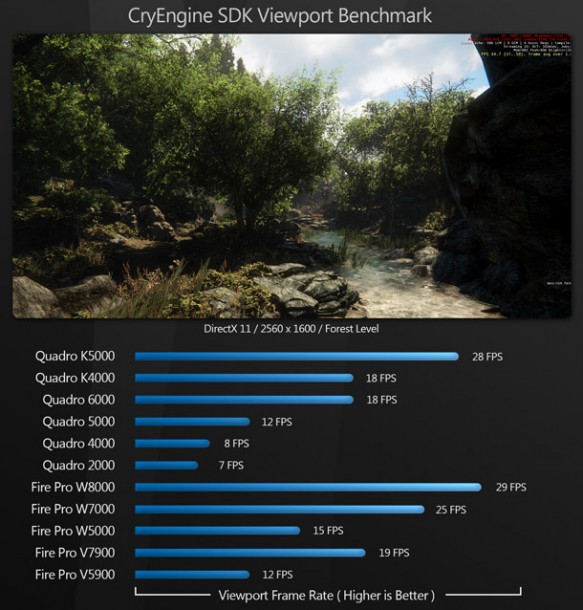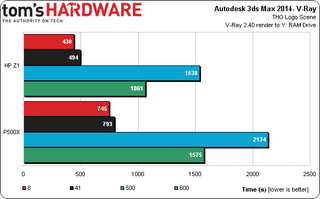
In the case of 3ds Max, you should ensure “Local Rendering” is disabled, so that the V-Ray temp *.vrimg is written directly back to the network filer. Resumable rendering will save out partial renders either at per-bucket completion or at set time intervals as configured:ĭ/display/VRA … +RenderingĬurrently, although the above resumable rendering saving will work in V-Ray (ie: your temp file will be saved, if you have enabled ‘resumable rendering’ in V-Ray), marking a task as failed/completed/suspended in Deadline will end up sending the same signal, which would effectively execute a “cancel” process command and hence fail out the process. We offer deep learning and 3d rendering benchmarks that will help you get the most out of your hardware. I would consult the support team at Chaos Group on how the above then compares with V-Ray Standalone. We provide in-depth analysis of each cards performance so you can make the most informed decision possible. How either of these render engines compare at a per-pixel render output will primarily be based on what you are rendering and if that item is fully supported in RT:ĭ/display/VRA … d+Features

RT is a progressive render engine, whereas V-Ray Production renderer can be configured to run its “image sampling” mode in either “bucket” or “progressive” mode. V-Ray Production renderer is not the same as V-Ray RT, they are separate render engines. I think for a definite answer on the differences between the render engines in V-Ray, the developer of V-Ray, Chaos Group support will be your best option here. However, during some prelim testings if I suspend or fail the job via the Monitor, it seems to cut it off and no saving takes place. As covered a couple of times in the news section over the past week, we’ve been hard at work benchmarking way too many things at the same time, and thus we’re soon to have an explosion of performance content posted on the. Khi m ca s Activeshade thì Vray s bt u tính toán. We’re pitting the GeForce RTX 2080 Ti, 2080, and 2070 (among eight others) against OctaneRender, Redshift, and V-Ray.


Engine type Chn CUDA hoc OpenCL tùy vào GPU ca bn.
Vray rt opencl benchmark pro#
Is what your calling RT the progressive engine? Typically (and correct me if I’m wrong) RT tends to cut back a bit on depth of reflections, refractions, caustics etc, but the resulting image looked identical to the typical bucket (all settings and noise thresholds being equal)Īlso, is there a way to “stop” a progressive job and have it save the output? Right now, if I hit the “stop” button on the vfb, it will save the output and then close the vfb (holds true if I do it in my 3d platform or remote into my slave while its running a Deadline job and do it there). - M bng setting render (F10) - phn trên cùng (max 2017) Target chn Activeshade mode. The Apple M1 available in the MacBook Air, MacBook Pro 13, and Mac Mini has been the focus of a ton of benchmarking writeups and blog.
Vray rt opencl benchmark full#
I did a visual comparison and RT vs full fat v-ray seem identical. We’re messing around with a few things here, and I had a few questions that I didn’t see answers for (also harder to find as when I search for “v-ray rt” the search won’t search for “rt” or “v” soooo )Īnyways, when submitting a standalone vray scene file, we can choose the engine (v-ray, rt, cuda, opencl).


 0 kommentar(er)
0 kommentar(er)
